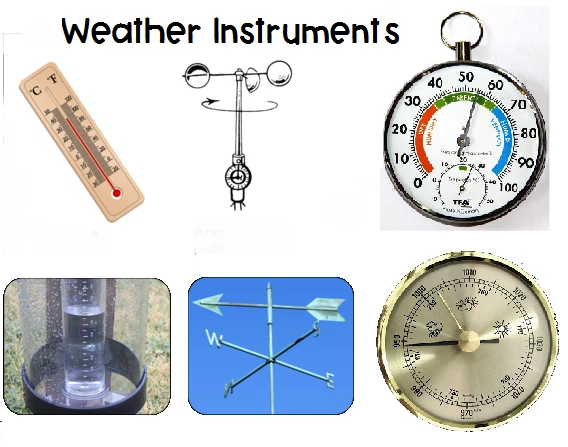
。
# Weather Gauges and Instruments for Accurate Meteorological Measurements
## Introduction to Weather Gauges
Weather gauges and instruments are essential tools for meteorologists, researchers, and weather enthusiasts. These devices help in collecting precise data about various atmospheric conditions, enabling accurate weather forecasting and climate studies. From simple thermometers to advanced digital weather stations, these instruments play a crucial role in understanding and predicting weather patterns.
## Common Types of Weather Instruments
### Thermometers
Thermometers are perhaps the most basic yet vital weather instruments. They measure air temperature, which is fundamental for weather analysis. Modern thermometers come in various forms, including mercury, alcohol, and digital variants.
### Barometers
Barometers measure atmospheric pressure, helping predict short-term weather changes. A sudden drop in pressure often indicates approaching storms, while rising pressure suggests fair weather. Aneroid and mercury barometers are the most common types.
### Hygrometers
Hygrometers measure humidity levels in the air. Understanding humidity is crucial for predicting precipitation, fog formation, and human comfort levels. Psychrometers and capacitive hygrometers are widely used in meteorological applications.
### Anemometers
Anemometers measure wind speed and direction. Cup anemometers and vane anemometers are traditional types, while ultrasonic anemometers offer more advanced measurements without moving parts.
### Rain Gauges
Rain gauges collect and measure precipitation amounts. Standard rain gauges have a funnel that directs rainfall into a measuring cylinder, while tipping bucket rain gauges provide automated measurements.
## Advanced Weather Measurement Systems
### Weather Stations
Modern weather stations combine multiple instruments into integrated systems. These can range from simple home weather stations to sophisticated professional setups that measure temperature, humidity, pressure, wind, and precipitation simultaneously.
### Radiosondes
Radiosondes are instrument packages carried by weather balloons into the upper atmosphere. They provide vertical profiles of temperature, humidity, and pressure, crucial for weather forecasting models.
### Doppler Radar
Doppler radar systems detect precipitation and measure its motion, providing valuable information about storm intensity, wind patterns, and potential severe weather events.
## Importance of Accurate Weather Measurements
Precise weather data is essential for numerous applications, including agriculture, aviation, marine navigation, and disaster preparedness. Accurate measurements help in:
- Improving weather forecasts
- Studying climate change patterns
- Enhancing public safety during extreme weather events
- Supporting scientific research
## Choosing the Right Weather Instruments
When selecting weather gauges and instruments, consider:
- Measurement accuracy requirements
- Environmental conditions
- Data recording and transmission needs
- Budget constraints
- Maintenance requirements
Professional meteorologists typically require research-grade instruments with high precision, while hobbyists might opt for more affordable consumer-grade devices.
## Conclusion
Weather gauges and instruments form the backbone of meteorological science. From simple manual devices to complex automated systems, these tools provide the data necessary to understand our atmosphere and predict its behavior. As technology advances, weather instruments continue to become more accurate, reliable, and accessible, contributing to better weather forecasting and climate monitoring worldwide.
Keyword: weather gauges instruments